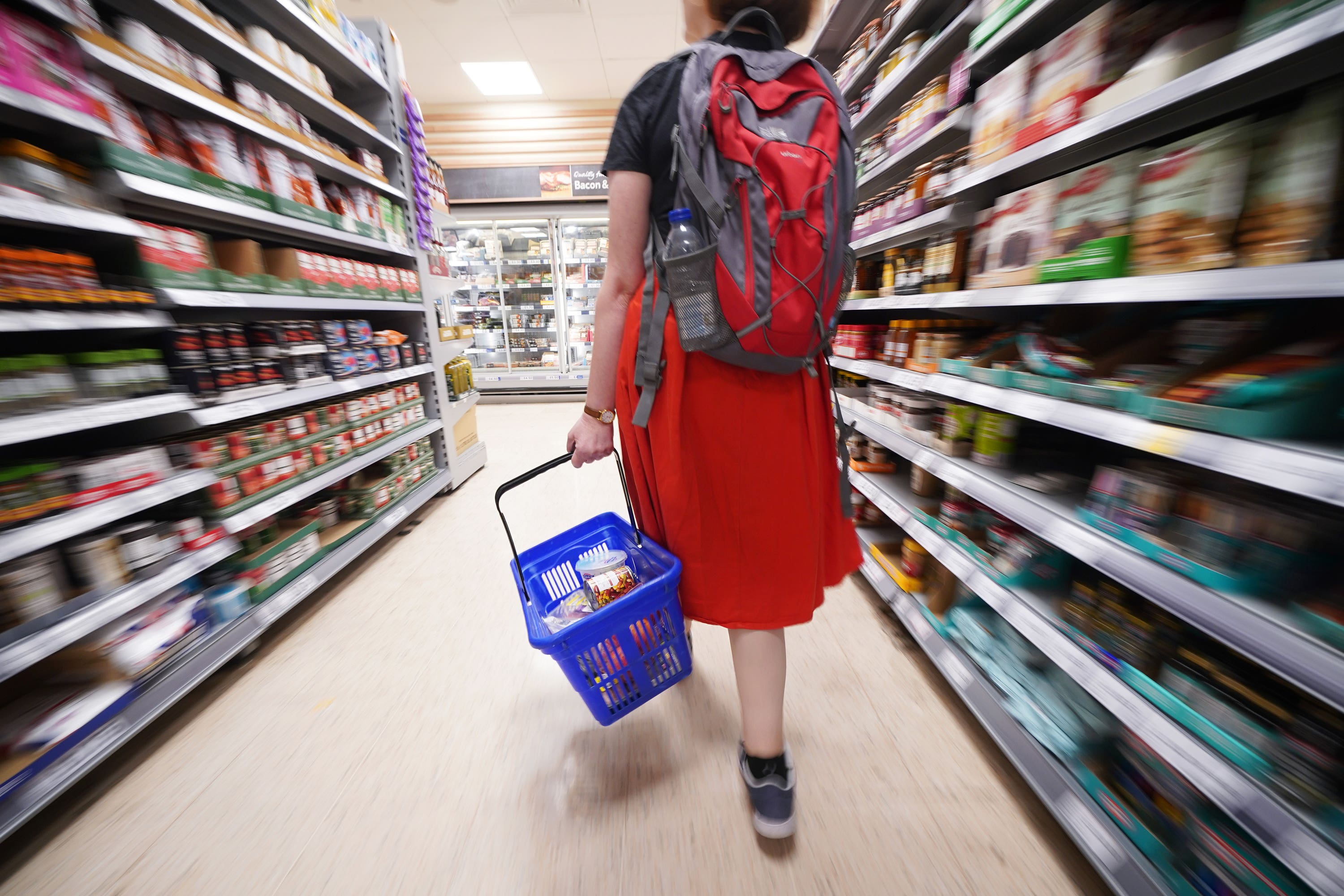Grocery price inflation slows to lowest level since October 2021
Supermarket prices are 2.4% higher than a year ago, slowing for the 15th month in a row from April’s 3.2%, according to analysts Kantar.

Grocery price inflation has slowed to its lowest level since October 2021 – but consumers are showing no sign of ending their cost-of-living crisis behaviour, figures suggest.
Supermarket prices are 2.4% higher than a year ago, slowing for the 15th month in a row from April’s 3.2%, according to analysts Kantar.
Grocery inflation is now just 0.8 percentage points above the 10-year average of 1.6% between 2012 and 2021, just before prices began to climb.
However, cheaper supermarket own-label lines are proving resilient, and are still growing faster than brands, making up more than half (52%) of total spending, Kantar said.
Sales of premium own label ranges continue to increase too, up by 9.9% compared with a year ago.
Fraser McKevitt, head of retail and consumer insight at Kantar, said: “Grocery price inflation is gradually returning to what we would consider more normal levels.
“Typically, an inflation rate of around 3% is when we start to see marked changes in consumers’ behaviour, with shoppers trading down to cheaper items when the rate goes above this line and vice versa when the rate drops.
“However, after nearly two-and-a-half years of rapidly rising prices, it could take a bit longer for shoppers to unwind the habits they have learnt to help them manage the cost of living crisis.”
Figures show shoppers made the most of the early May bank holiday weekend to dust off the barbecue, with burger sales climbing by 13% and beer and wine sales up by 9% and 21% respectively compared with the week before.
Ocado was again the fastest growing grocer over the 12 weeks to May 12, with sales up by 12.4% – well ahead of the total online market’s 5.4% uplift.
Lidl reached a new record-high market share of 8.1%, fuelled in part by its bakery counters, as well as its loyalty scheme.
Britain’s biggest grocer Tesco now takes 27.6% of the market, its 5.6% growth in sales matched by Sainsbury’s, which now claims 15.1%.
Bookmark popover
Removed from bookmarks